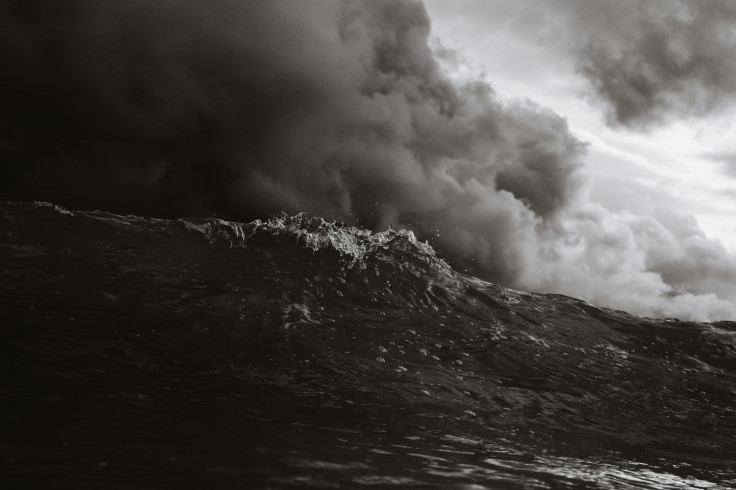
The National Weather Service (NWS) has issued urgent Coastal Flood Advisories impacting two key Atlantic coast hotspots today: Rehoboth Beach, Delaware, and Wilmington, North Carolina.
These alerts warn residents and visitors of minor flooding, dangerous surf, and strong rip currents through this evening and into early Friday.
Rehoboth Beach Braces for Rising Waters and Hazardous Waves
Rehoboth Beach, one of Delaware's most popular coastal resorts, faces an imminent flood threat as ocean waters are expected to rise 1 to 2 feet above ground in low-lying areas during high tide today.
NWS has also placed the area under a High Surf Advisory, predicting waves reaching up to 10 feet—conditions that pose serious risks to swimmers, surfers, and beachgoers.
Officials warn of localised beach erosion and advise the public to avoid entering the water due to powerful rip currents capable of pulling even strong swimmers into deep ocean waters.
The flood advisory for Rehoboth Beach is in effect until 10 PM tonight, with a Coastal Flood Watch set to begin Thursday afternoon and extend through Friday evening as persistent swells may cause more widespread flooding.
Local businesses along the beachfront are securing property, while visitors are urged to follow updates closely and prepare for hazardous conditions.
Wilmington Faces Flood Risks Later Tonight
In North Carolina, Wilmington has been placed under a Coastal Flood Advisory from 6 PM to 11 PM EDT tonight. Forecasts predict flooding of up to one foot near tidal waterways and the lower Cape Fear River.
Critical areas such as Water Street downtown may experience up to half a foot of flooding, with Battleship Road and the USS North Carolina Road facing the highest risks.
Local authorities caution that temporary road closures are possible and strongly advise against driving through flooded streets, as even shallow water can stall vehicles or hide dangerous hazards.
Residents in flood-prone neighborhoods are encouraged to move vehicles to higher ground and stay alert for updates from emergency management.
What's Causing the Flood Threat?
Though Hurricane Erin remains offshore and is not expected to make landfall, its powerful circulation is generating long-period Atlantic swells that are driving coastal water levels higher than normal.
These swells are coinciding with astronomical high tides, known as spring tides, which naturally cause elevated water levels due to the moon's and sun's alignment.
The combined effect is increasing the risk of coastal flooding, beach erosion, and hazardous surf conditions along much of the East Coast.
States from Delaware through Maryland and New Jersey are already reporting localized erosion and rip current warnings.
Meanwhile, Hawai'i faces a separate Coastal Flood Statement as peak lunar tides drive temporary flooding along parts of its shoreline.
How to Stay Safe During Coastal Flooding
Officials emphasize these important safety tips for all residents and visitors in advisory zones:
- Never drive through flooded streets—six inches of moving water can knock a vehicle off the road.
- Avoid beaches, piers, jetties, and river mouths where currents and waves are strongest.
- Monitor local tide charts to anticipate peak flooding times.
- Stay tuned to emergency alerts and updates from the National Weather Service and local authorities.
- Secure outdoor property, and move valuables or vehicles to higher ground if located in flood-prone areas.







